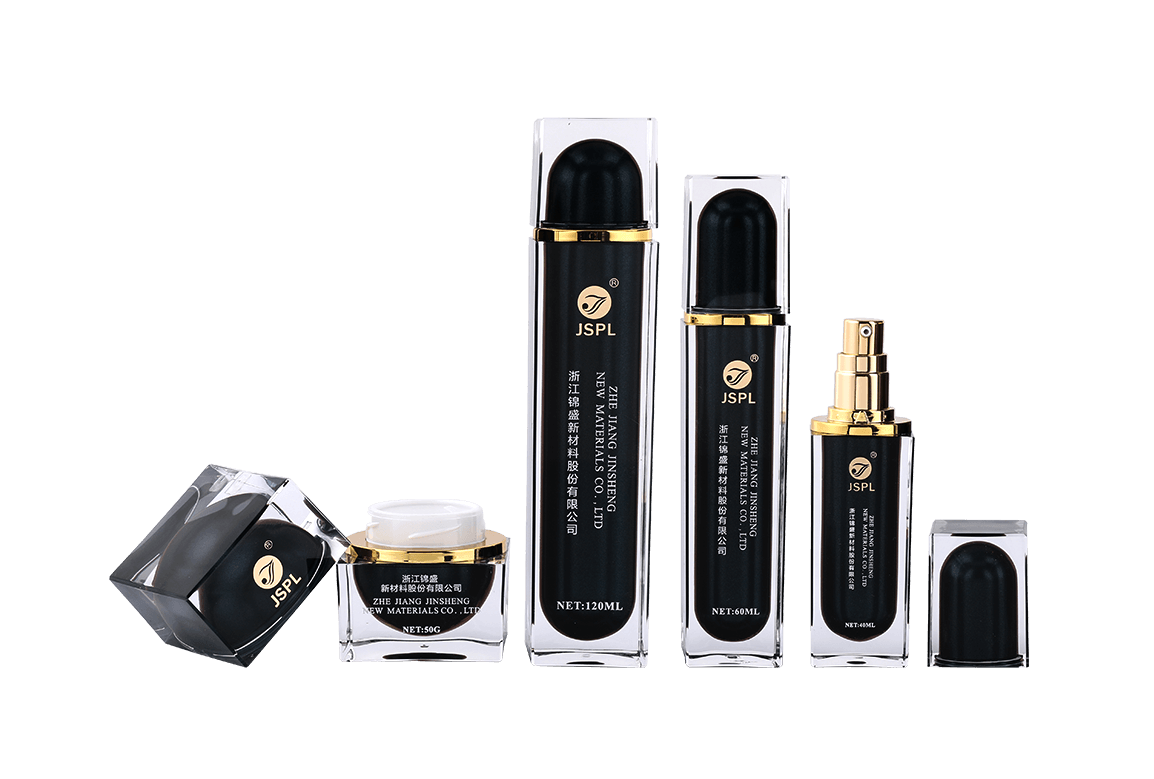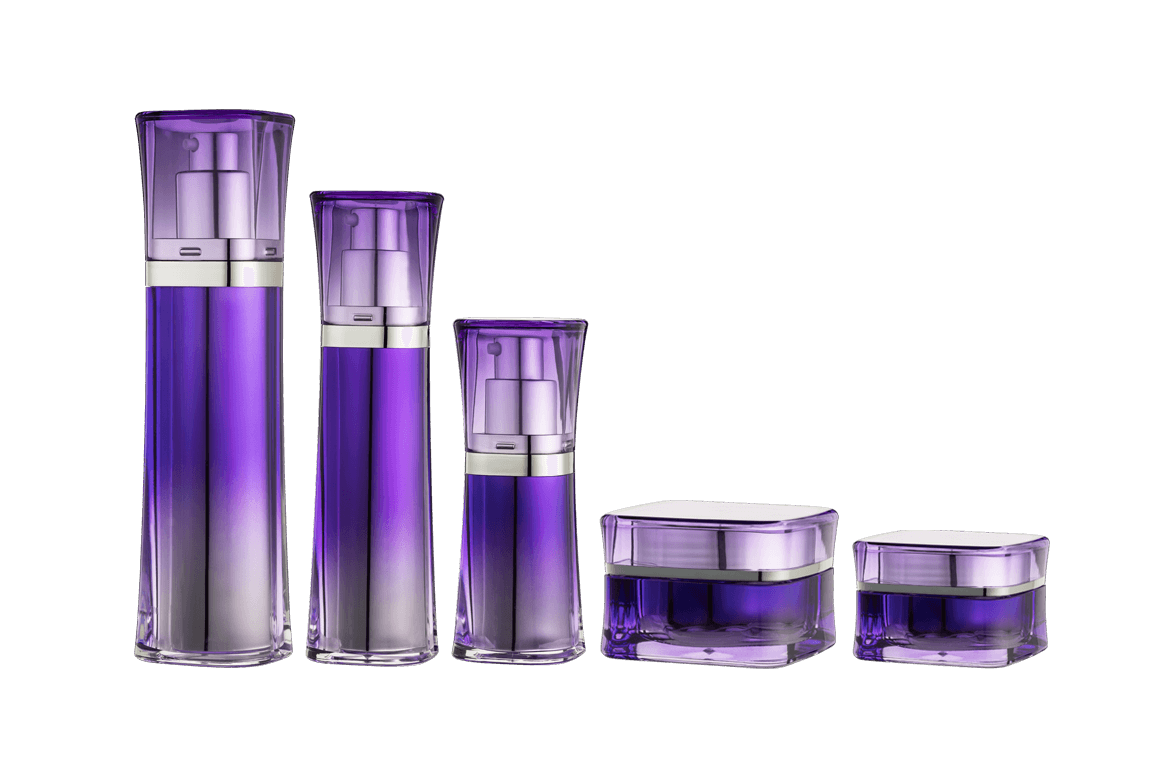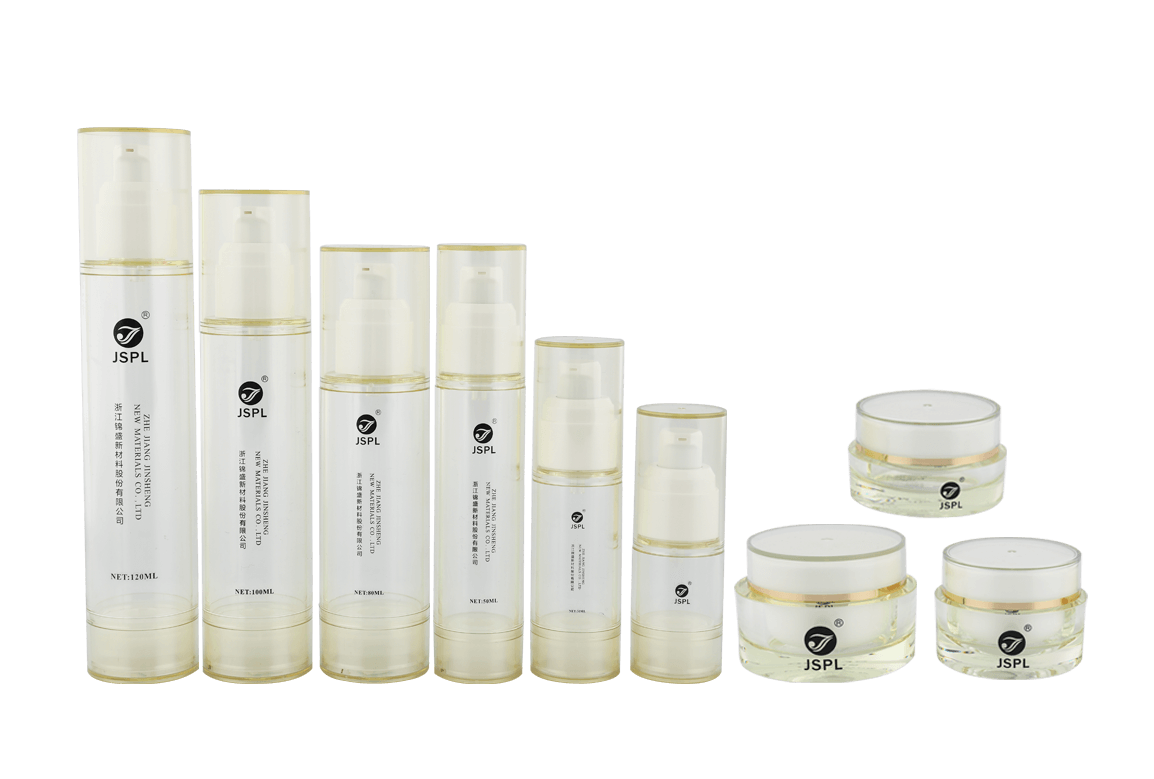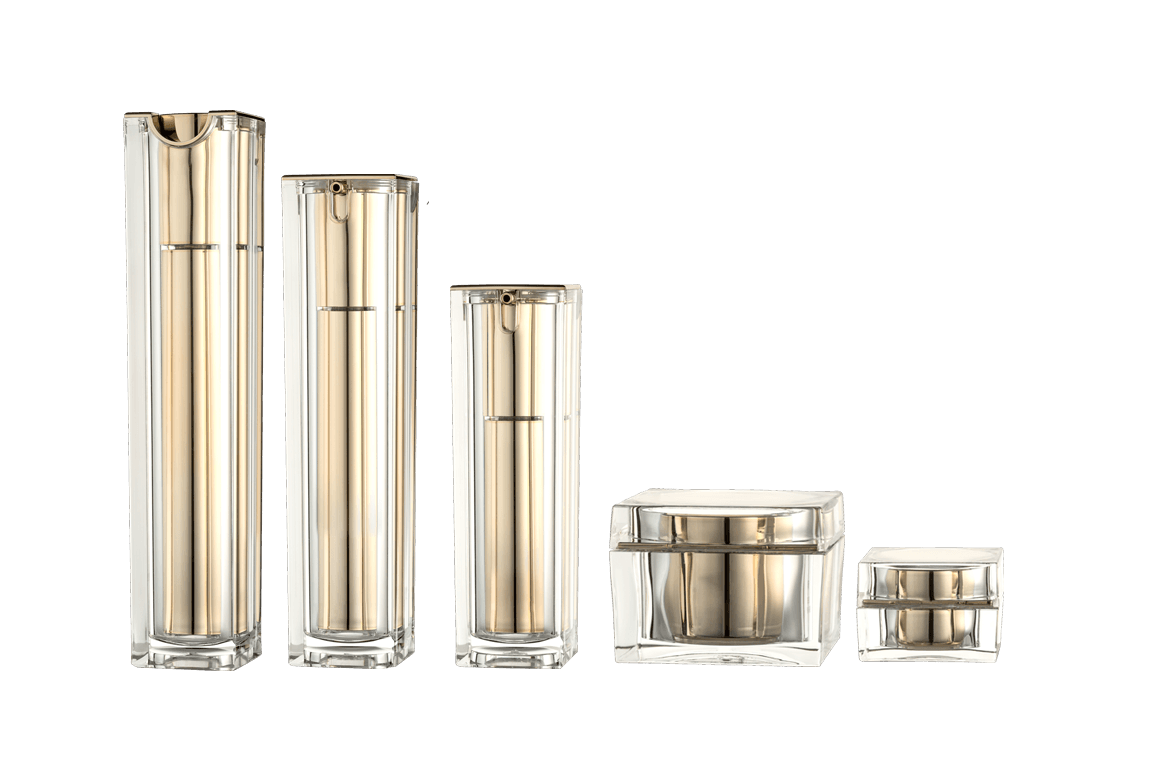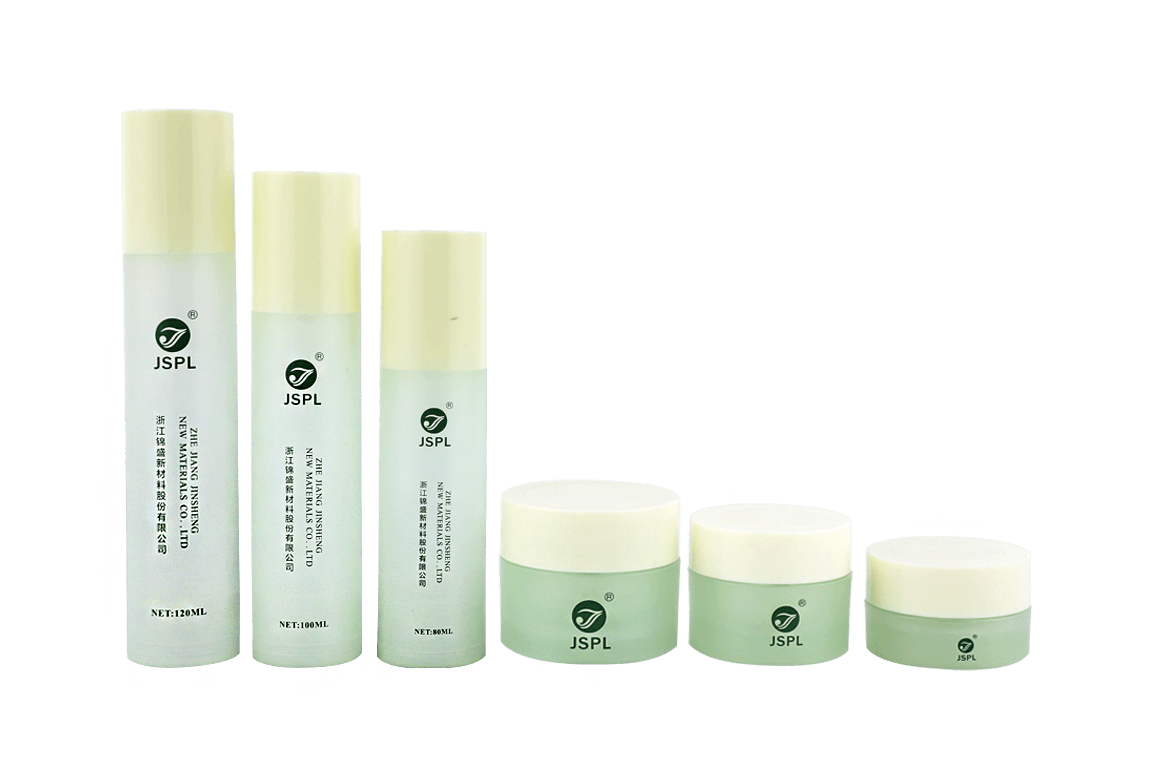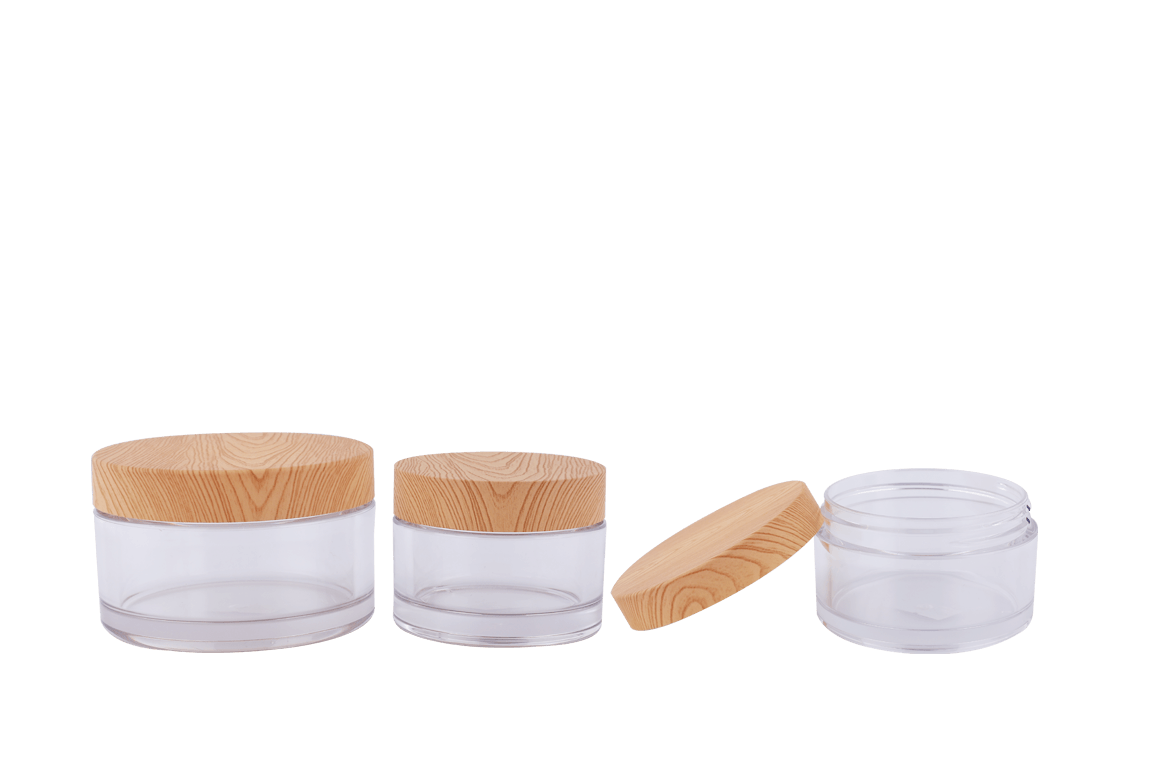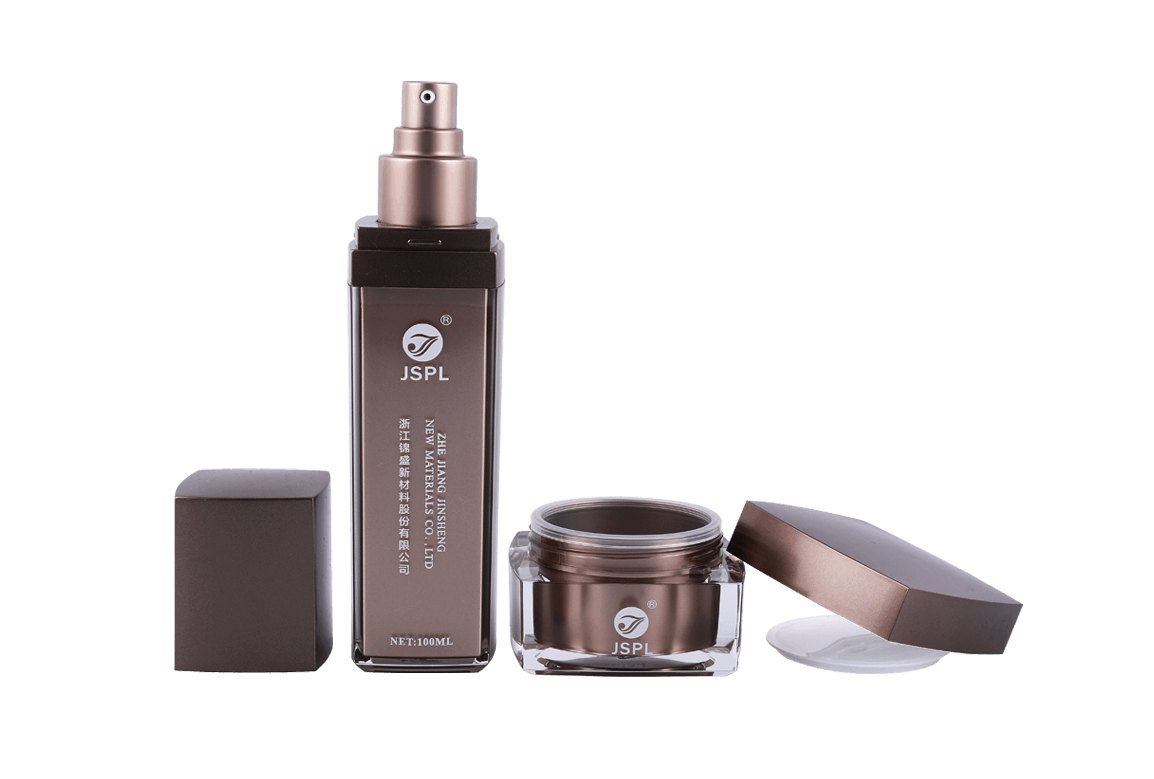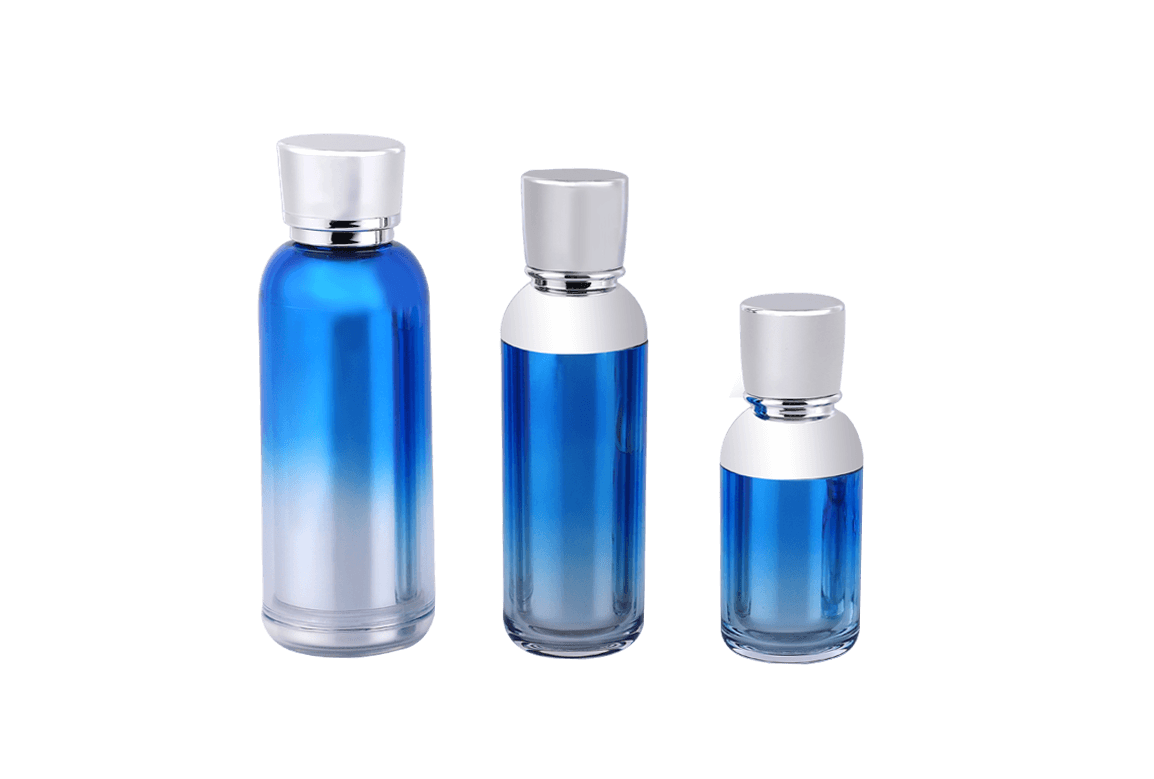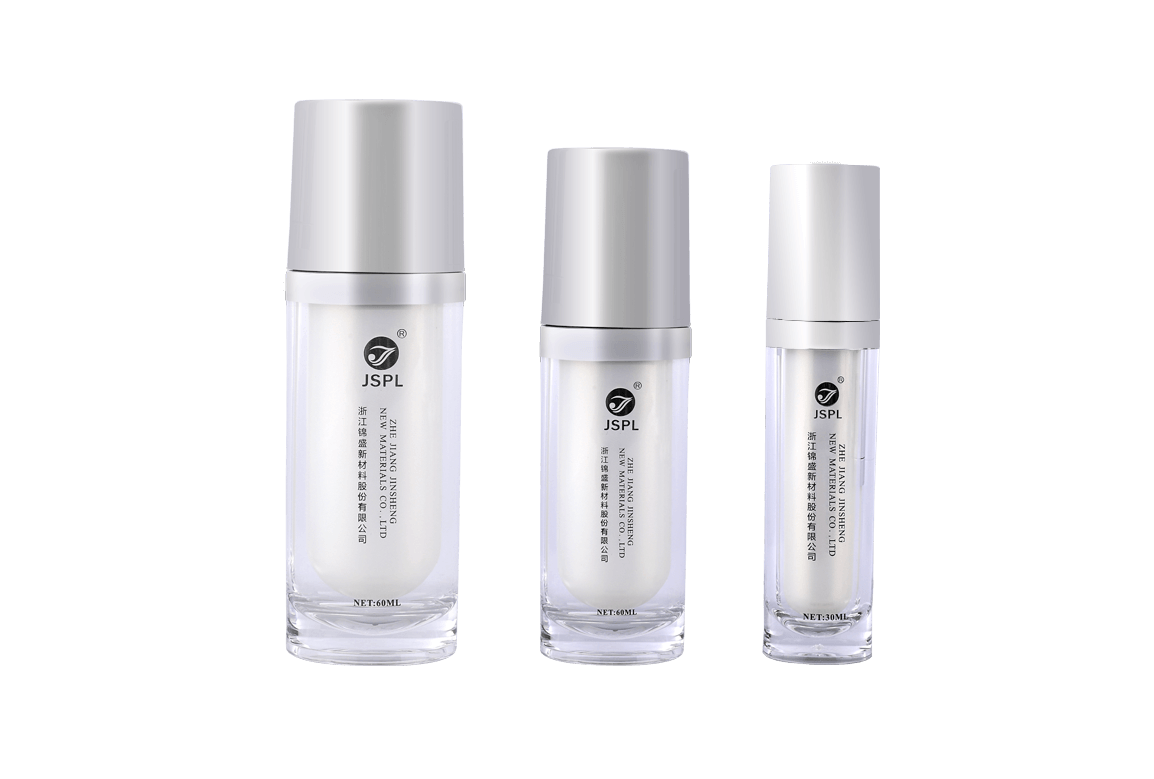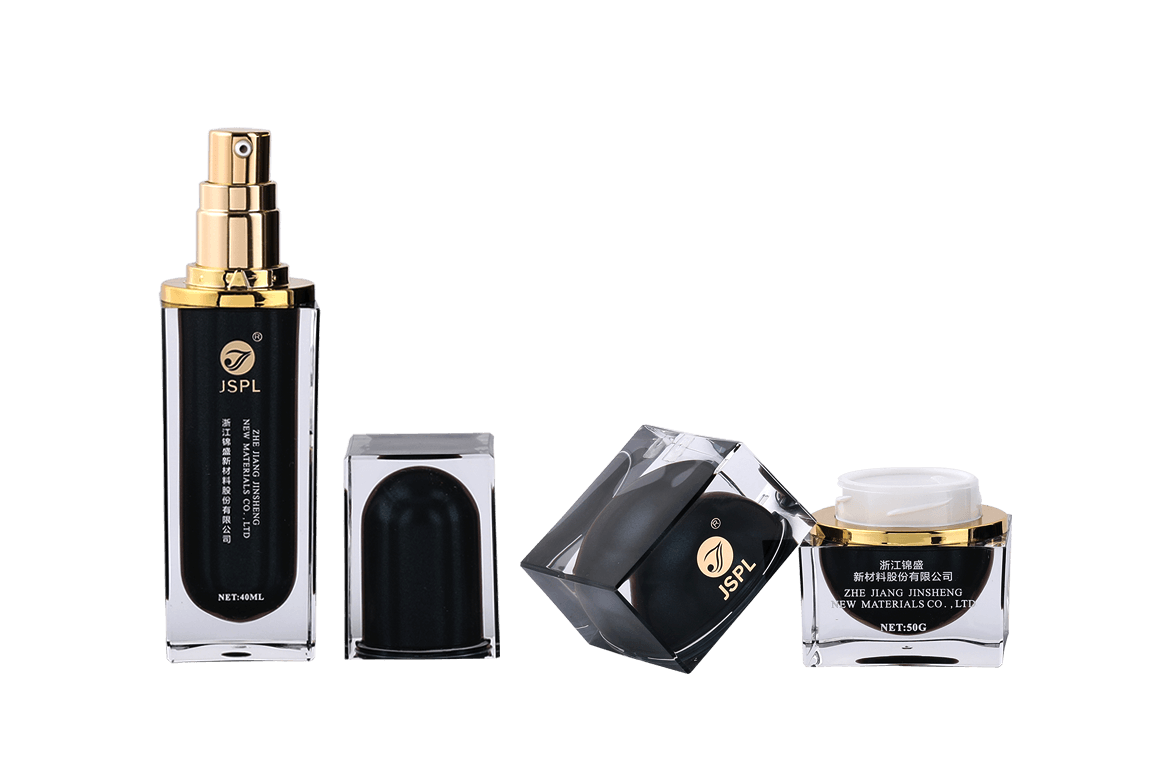Fragility of Vacuum Bottles:
Glass Bottles: Some vacuum bottles are made of glass, which is inherently fragile and susceptible to shattering upon impact. This fragility makes proper packaging even more critical, as damage during transit or handling can lead to breakage, posing safety hazards to handlers and consumers.
Metal and Stainless Steel Bottles: While stainless steel vacuum bottles are more durable than glass, they are still vulnerable to dents and scratches, which can affect their appearance and structural integrity. Metal bottles can also be heavy, increasing the importance of secure packaging to prevent damage during shipping.
Impact Resistance:
Shock Absorption: Effective vacuum bottles packaging often incorporates shock-absorbing materials like foam or inserts that cushion the bottle and protect it from sudden impacts. These materials act as a buffer, reducing the risk of damage during transportation, whether by air, road, or rail.
Reinforced Corners: Packaging may include reinforced corners or edges to safeguard against possible damage from impacts at these vulnerable points. These reinforced areas can absorb the force of a fall or bump, preventing damage to the bottle within.
Tamper-Proofing:
Sealing Mechanisms: Packaging should include tamper-evident sealing mechanisms to ensure the product's integrity. This includes shrink bands, breakable caps, or induction seals. These features are essential to reassure consumers that the product has not been tampered with or compromised during transit.
Quality Assurance: Tamper-evident packaging is not only about protecting the product but also about maintaining consumer trust. By providing visible evidence of product safety, brands instill confidence in their products, which is especially important in the food and beverage industry.
Temperature Sensitivity:
Glass Vacuum Bottles: For glass vacuum bottles, ensuring the safety of the packaging involves not only preventing breakage but also protecting the bottle's insulation properties. Packaging should maintain the vacuum seal's integrity to preserve the bottle's ability to keep liquids at the desired temperature for extended periods.
Stainless Steel Bottles: For stainless steel vacuum bottles, packaging should protect the exterior finish from dents and scratches that can impact the bottle's appearance and insulating properties. The packaging should also be designed to insulate the bottle further and maintain temperature stability.
Child Safety:
Child-Resistant Packaging: In cases where the vacuum bottles may contain potentially harmful substances, such as cleaning solutions or chemicals, packaging must comply with child-resistant standards. Child-resistant closures and packaging designs can prevent unintentional access to the bottle's contents, ensuring the safety of young children.
Handling and Transportation:
Secure Closures: Proper closures are crucial for vacuum bottles packaging. They prevent accidental spillage and leakage during transportation, which can be hazardous in situations where the bottle contains hot liquids or chemicals.
Stability and Balance: Packaging should be designed to provide stability and balance to the bottle during transportation. This minimizes the risk of tipping, which could lead to spills or falls.

 Chinese
Chinese España
España Italia
Italia Le français
Le français
